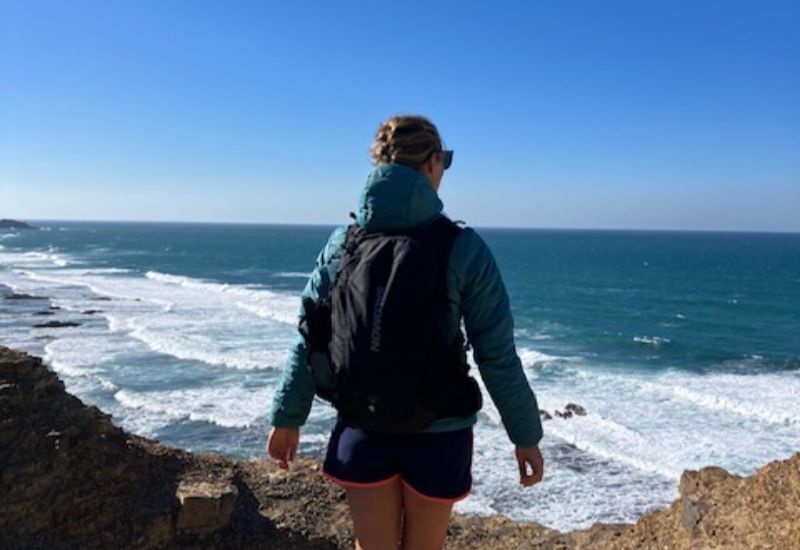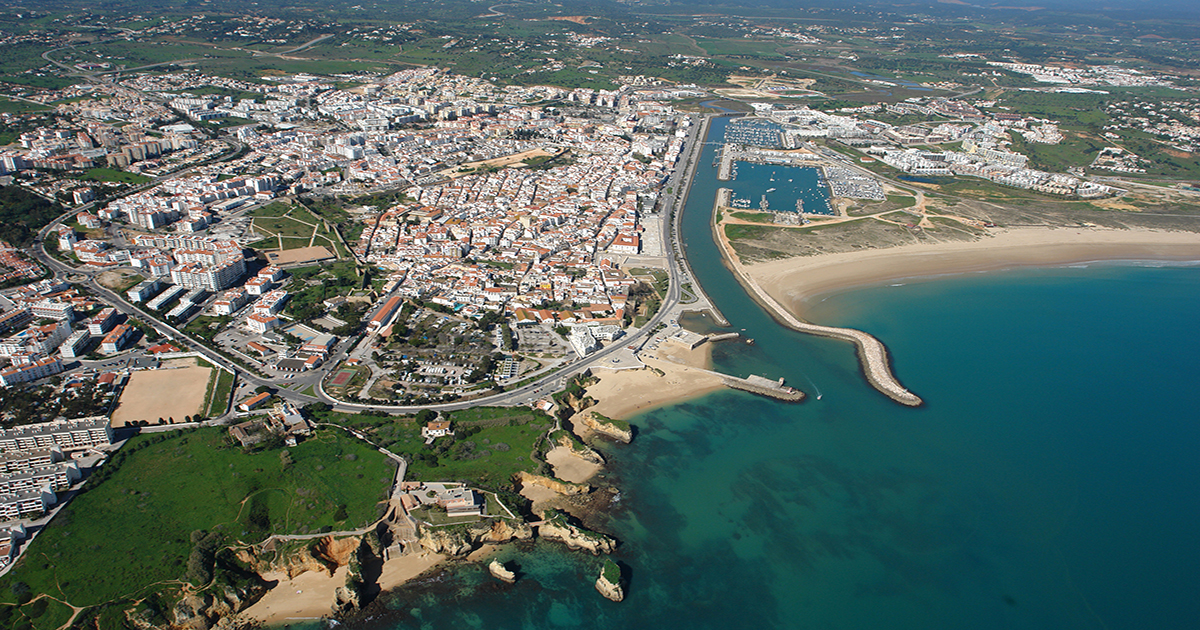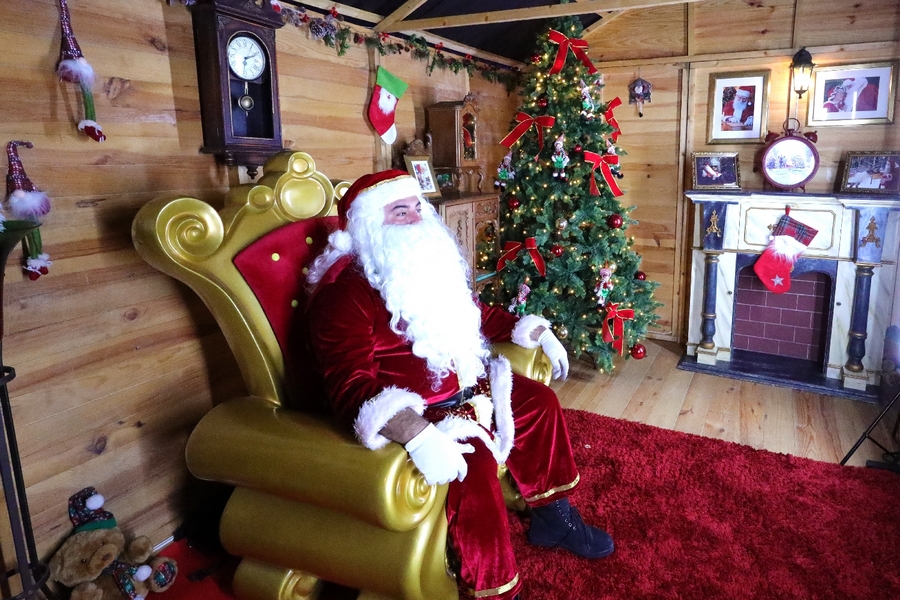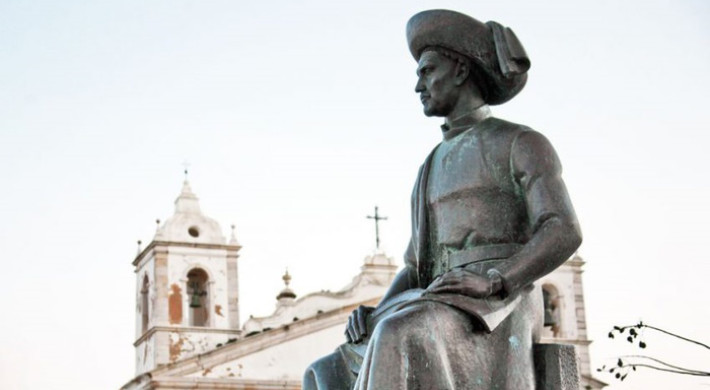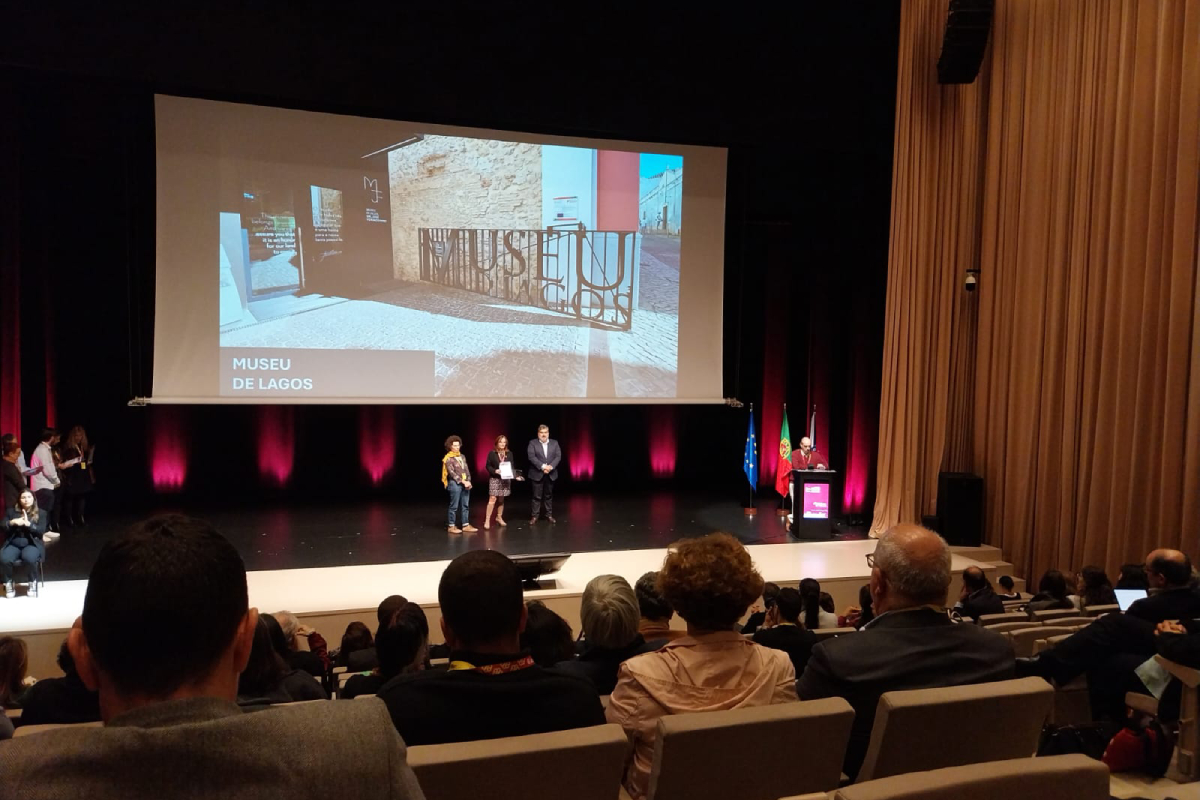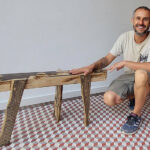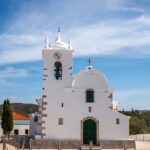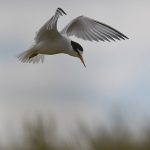In November 2023, my husband dropped me and my backpack at São Torpes beach, a couple of kilometres south of Sines and I spent 12 days walking this fantastic route all the way back home to Lagos. In sharing a little about the trail and my experience, I hope I can inspire you to get out in nature this autumn and enjoy some of the epic coastline on your doorstep!
WORDS Helena Carroll
If there’s one walk that captures the soul of the Algarve’s rugged coastline, it’s the Fishermen’s Trail (Trilho dos Pescadores). Part of the Rota Vicentina, this route winds through landscapes once known only to those who lived from the sea. Fishermen carved narrow paths along cliffs to reach fishing spots, shellfish beds and remote beaches. Today, these same paths are open to hikers, offering a rare chance to experience the Algarve’s wild side.
In the height of summer, it can be challenging under the fierce sun. But in November, with cooler temperatures and vegetation springing up after the first of the autumn rains, it becomes a walker’s dream.
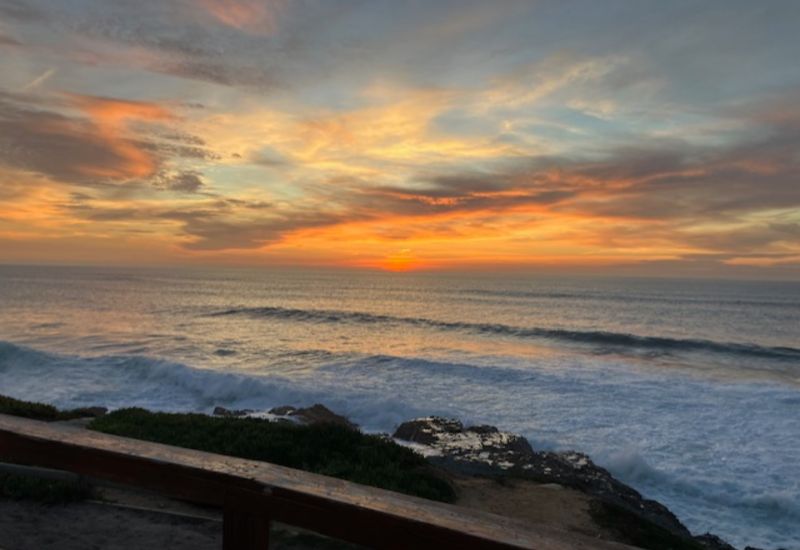

Where to walk
The trail stretches along the Alentejo and Vicentine Coast Natural Park, linking villages such as Odeceixe, Aljezur, Carrapateira, Vila do Bispo and Sagres. While I chose to walk it all in one trip, there’s no need to – many visitors choose short stages of 10–20 km, perfect for a day hike.
My favourite Algarve sections were from Carrapateira to Vila do Bispo and from Salema to Lagos. The cliffs are dramatic, the sea endlessly blue, and the beaches vast and largely empty in autumn.
A bus route services many of the villages along the trail, so even if you don’t have access to a car, you can still do several sections as a day hike. Check the timetables before you go, as some of them are infrequent.
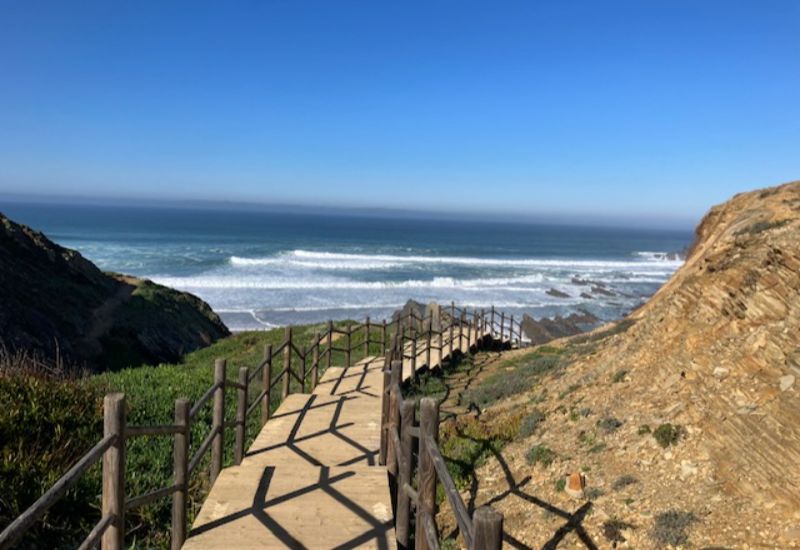
Practical tips
Weather: Expect mild days (15–20°C) but bring layers for breezy cliff tops and a waterproof jacket just in case. I was comfortable in shorts and a vest top for most of my trip, and I was also lucky to have dry, warm weather.
Trail Conditions: Keep your eyes peeled for the blue and green striped trail markers. Sandy paths can make walking harder than it looks – allow extra time.
Footwear: Supportive shoes or boots are essential. I opted for Gore-Tex trail-running shoes and added gaiters for the sandiest parts (primarily on the Alentejo sections).
Supplies: Villages are few and far between, and quieter in November; pack water, snacks, and perhaps a thermos of coffee or tea.
Safety: Stay on the marked paths – cliffs are fragile and can crumble.
Companions: Tell people you’re going! I’d originally intended to hike the trail alone, but ended up with friends and family joining for days here and there. Walking can be a great bonding experience and sharing the trip made it much more memorable and entertaining.
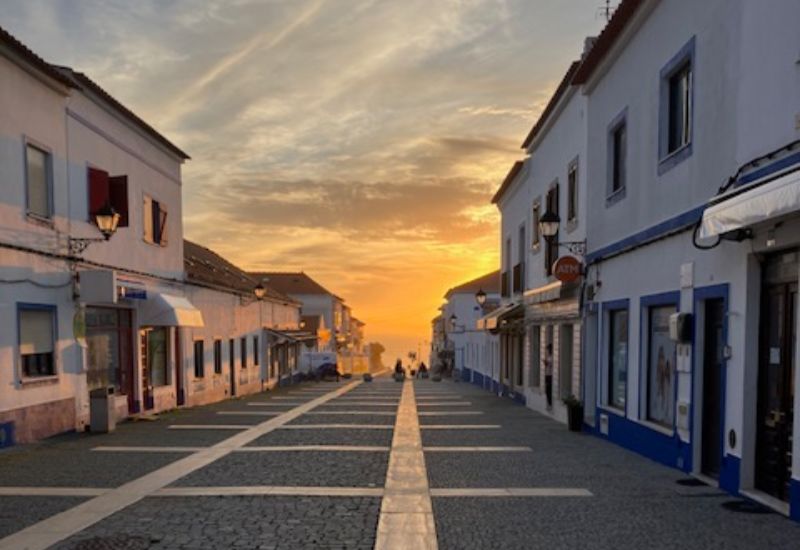
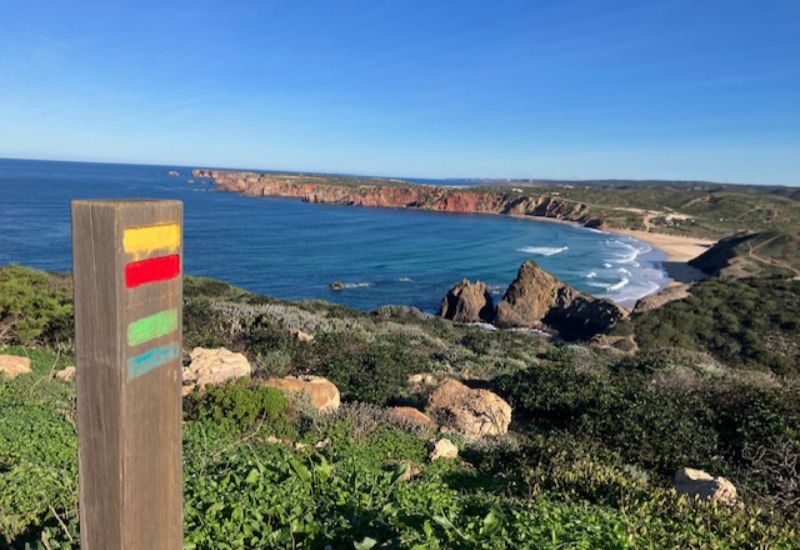
Where to stay
If you opt to walk a longer section, there are various accommodation options depending on your budget. To keep costs down, I chose mostly shared dorms in hostels. I was genuinely surprised at how modern, clean and comfortable almost all of the hostels were – a far cry from some of the dives I used to stay in as a teenager! Here are a few of the places I enjoyed overnighting at:
- Mute Hostel, Porto Covo (dorm): comfortable and bright, with stunning views
- SulSeixe Guesthouse, Odeceixe (private room): friendly welcome and clean, cosy room
- The Lighthouse Hostel, Arrifana (dorm): great location and relaxed atmosphere
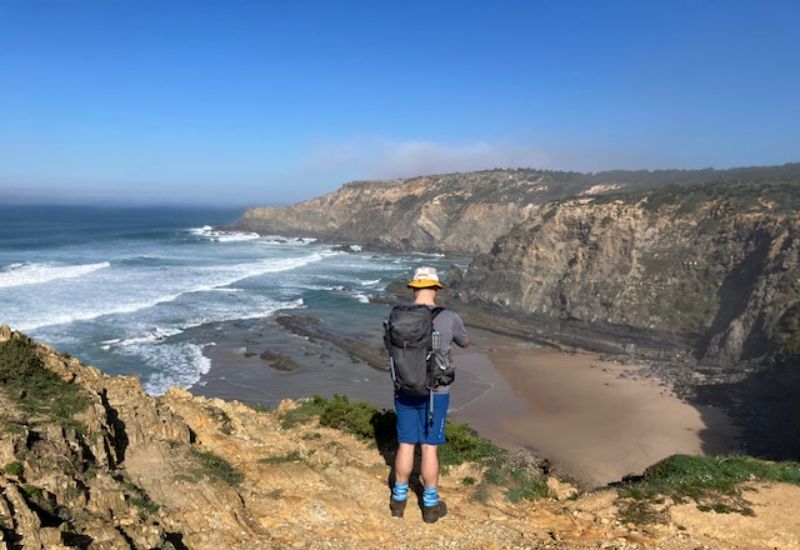
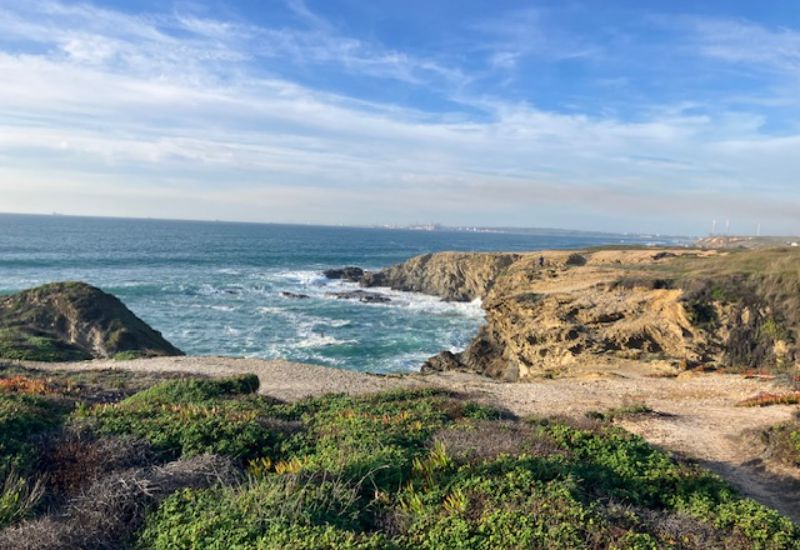
Why walk now?
The Fishermen’s Trail in November offers a serenity that’s hard to find in high season. You’ll hear only the crash of waves, the call of seabirds, and the crunch of sand beneath your shoes. It reveals a side of the Algarve that feels timeless, untamed, and unforgettable.


